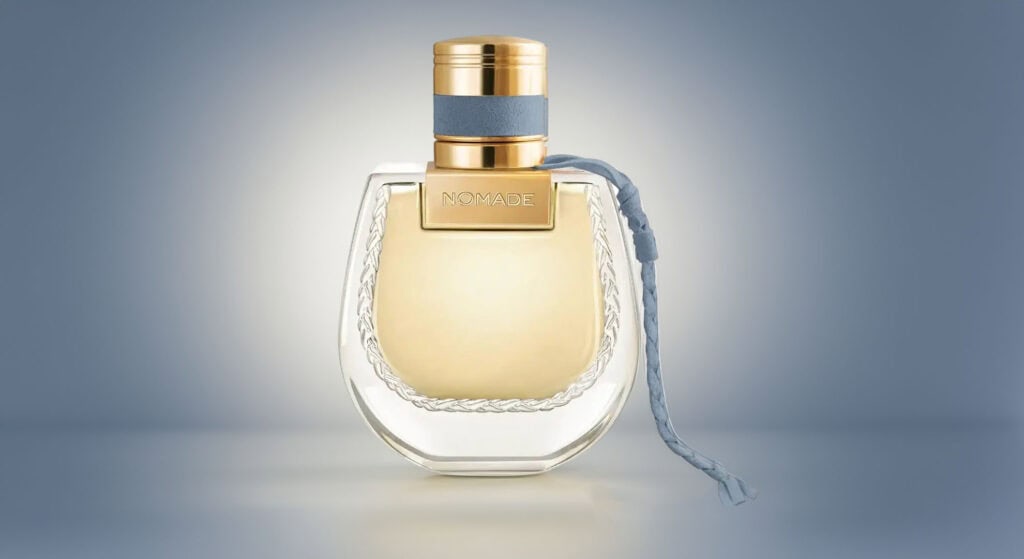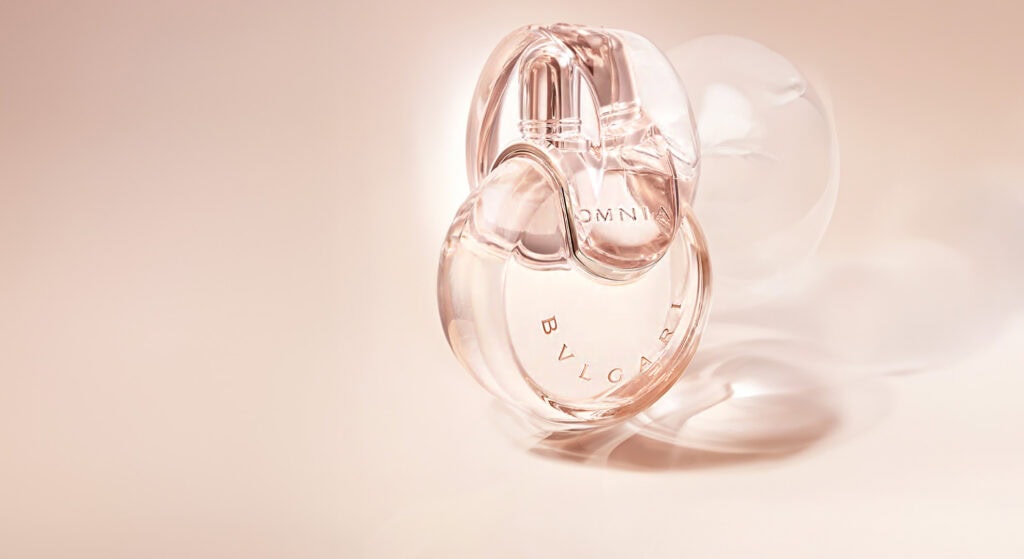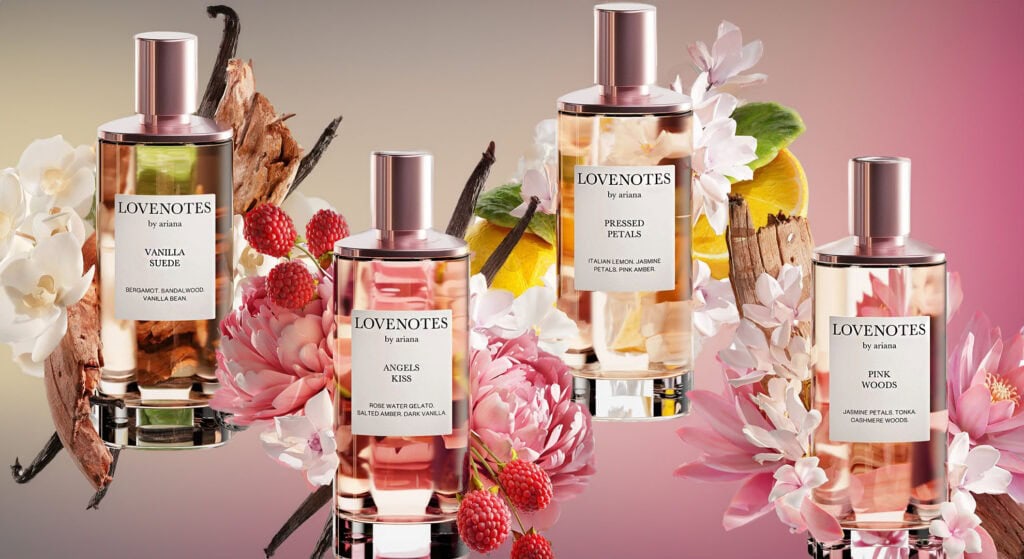Lotus Flowers in Perfumery: From Extraction to Blending and Iconic Scents
The lotus flower, a symbol of purity and beauty in many cultures, has a unique and captivating aroma that has found its way into the world of perfumery. Known for its soft, aquatic, and slightly sweet scent, lotus adds a delicate and ethereal quality to fragrances. This article explores the process of extracting lotus essence for use in perfumes, the art of blending it with other notes, and some of the most iconic fragrances where lotus takes center stage.
The Extraction of Lotus Essence for Perfumery
Extracting the delicate scent of lotus flowers is a meticulous process that requires great care to preserve its subtle fragrance. The most common methods used in perfumery to capture the essence of lotus include:
- Solvent Extraction: Given the delicate nature of lotus petals, solvent extraction is often used to obtain lotus absolute. The petals are treated with a solvent, which draws out the aromatic compounds. The resulting lotus absolute is highly concentrated and retains the full complexity of the flower’s scent, capturing its aquatic, slightly sweet, and floral notes.
- Steam Distillation: Although less common due to the fragility of lotus petals, steam distillation can be used to extract lotus essential oil. This process involves passing steam through the petals, which carries the volatile oils with it. The steam is then condensed, separating the essential oil from the water. The result is a lighter, more ethereal scent compared to lotus absolute.
- CO2 Extraction: This modern technique uses supercritical carbon dioxide to extract the fragrance compounds from the lotus petals. CO2 extraction is highly effective at preserving the true essence of the lotus, resulting in an oil that is pure, clean, and reflective of the flower’s natural aroma.
Blending Lotus in Perfumery
The soft, aquatic, and slightly sweet aroma of lotus makes it a versatile ingredient in perfumery. Its lightness allows it to blend beautifully with a variety of other fragrance notes, adding an ethereal and calming quality to perfumes.
- Aquatic and Fresh Scents: Lotus is often used in aquatic fragrances due to its natural affinity with water. When combined with notes like water lily, cucumber, or marine accords, lotus enhances the freshness and tranquility of the scent, creating a fragrance that is both clean and serene. Issey Miyake’s L’Eau d’Issey is a prime example, where lotus blends with water lily and fresh aquatic notes to create a light, refreshing scent.
- Floral Blends: In floral compositions, lotus can add a unique watery softness that complements other floral notes such as jasmine, peony, or magnolia. This combination results in a fragrance that is both delicate and layered, offering a fresh take on traditional floral perfumes. Guerlain’s Aqua Allegoria Flora Nymphea uses lotus to bring a watery, fresh dimension to its floral blend of jasmine and orange blossom.
- Oriental and Spicy Compositions: Lotus can also be used to soften the intensity of oriental and spicy fragrances. When paired with notes like sandalwood, amber, or spices, lotus adds a light, airy quality that balances the richness of these heavier notes, making the fragrance more approachable and versatile. Kenzo’s Flower by Kenzoincorporates lotus to balance its powdery, spicy, and floral elements, resulting in a fragrance that is both modern and timeless.
- Green and Earthy Scents: In green and earthy perfumes, lotus can introduce a subtle floral note that enhances the natural, fresh qualities of these fragrances. When combined with notes like vetiver, moss, or bamboo, lotus adds a gentle floral lift, making the scent feel more alive and vibrant. Elizabeth Arden’s Green Tea Lotus exemplifies this blend, where lotus adds a floral nuance to the crisp, green scent of green tea.
Iconic Perfumes Featuring Lotus
Several perfumes have become iconic due to their use of lotus, showcasing its ability to add a delicate, fresh, and ethereal quality to a wide range of fragrances.
Issey Miyake L’Eau d’Issey: One of the most famous aquatic fragrances, L’Eau d’Issey features lotus as a key note, blending it with water lily and fresh aquatic accords. The result is a light, clean, and refreshing scent that has become synonymous with modern, minimalist perfumery.
- Kenzo Flower by Kenzo: This fragrance is a celebration of contrasts, where the lightness of lotus balances the rich, powdery notes of vanilla and white musk. The lotus adds a fresh, airy quality to the fragrance, making it both contemporary and timeless.
- Guerlain Aqua Allegoria Flora Nymphea: In this fragrance, lotus adds a watery, fresh dimension to a blend of jasmine, orange blossom, and honey. The result is a delicate, floral fragrance that is both uplifting and serene.
- Elizabeth Arden Green Tea Lotus: A fresh, green fragrance that combines the crispness of green tea with the softness of lotus. The lotus note adds a gentle floral touch, making the scent vibrant and refreshing.
The lotus flower, with its ethereal and aquatic scent, has become a cherished ingredient in perfumery. From the meticulous extraction process to its skillful blending with other fragrance notes, lotus offers a unique combination of freshness, lightness, and subtle sweetness that can elevate any fragrance composition. Whether enhancing aquatic, floral, oriental, or green scents, lotus plays a crucial role in creating perfumes that are both delicate and captivating. Iconic fragrances like Issey Miyake’s L’Eau d’Issey, Kenzo’s Flower by Kenzo, and Guerlain’s Aqua Allegoria Flora Nymphea demonstrate the enduring appeal of lotus, proving that its presence in the world of perfumery is as timeless and enchanting as the flower itself.
Love this fragrance? Share your thoughts! Your vote helps other perfume lovers discover new favorites. Rate it now and make your mark!
Click on a star to rate it!
Average rating 0 / 5. Vote count: 0
No votes so far! Be the first to rate this post.


